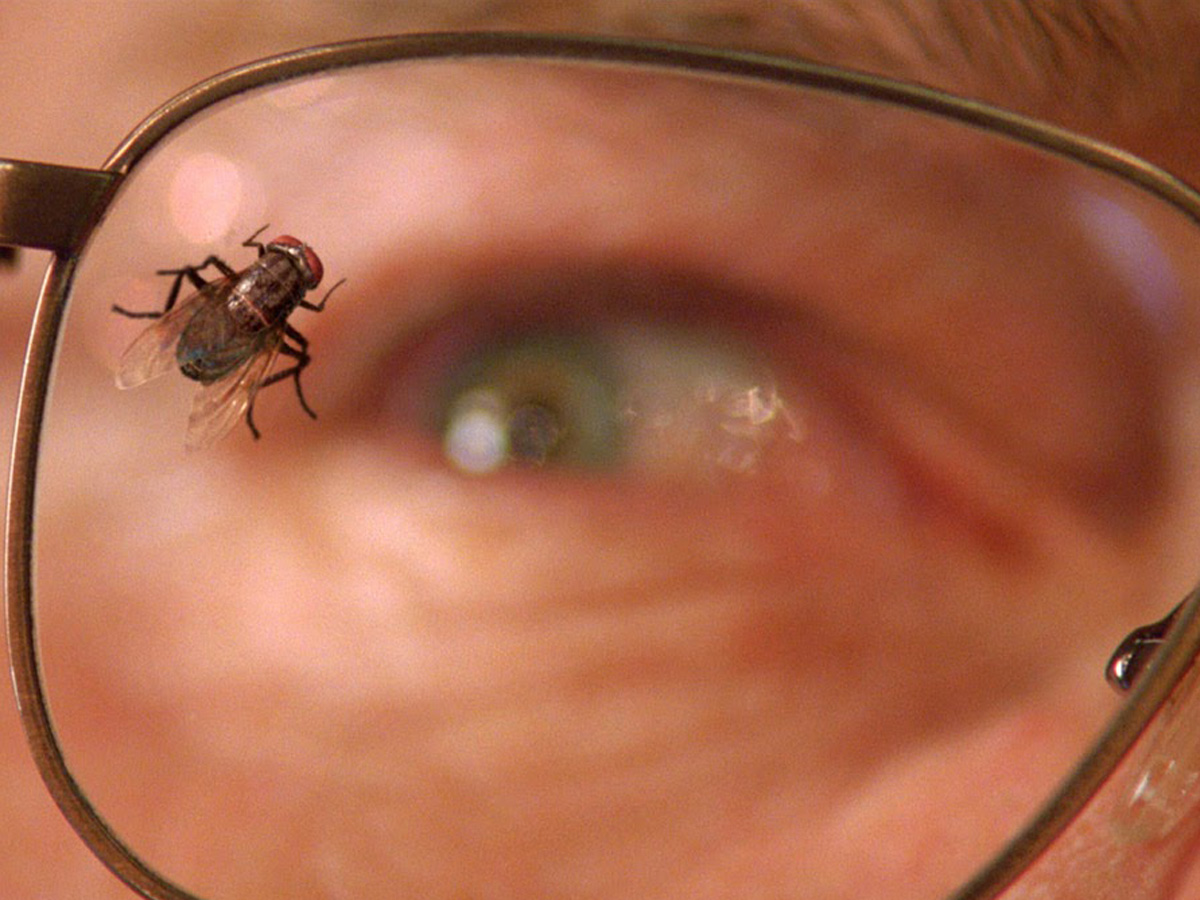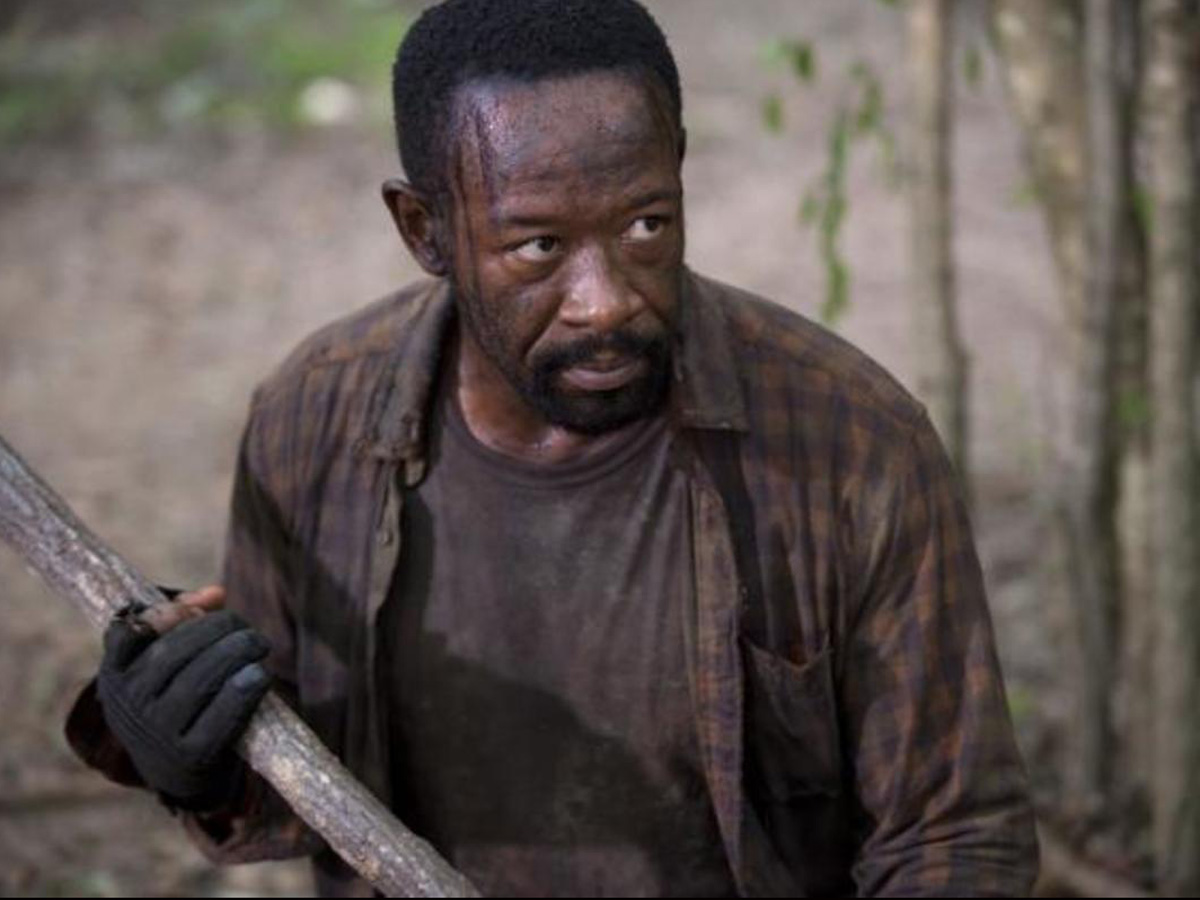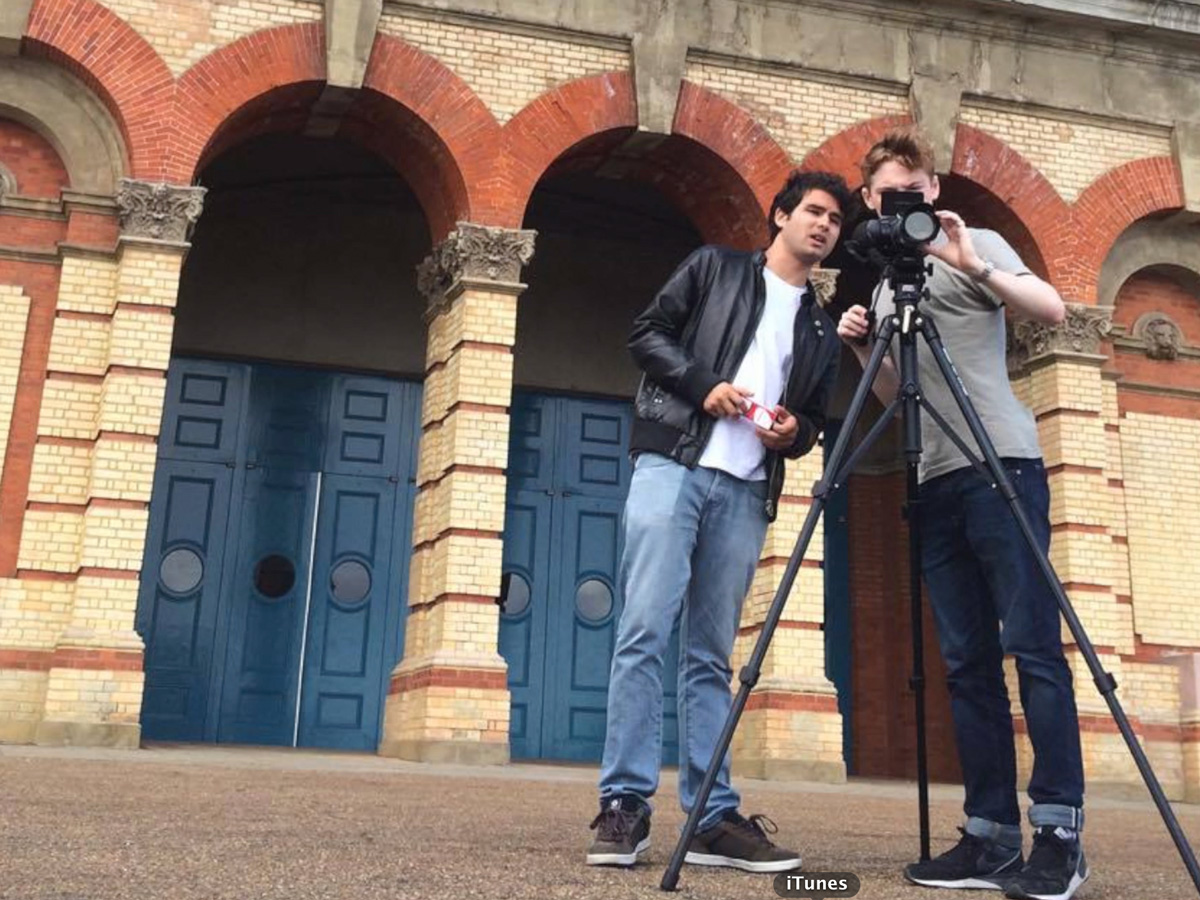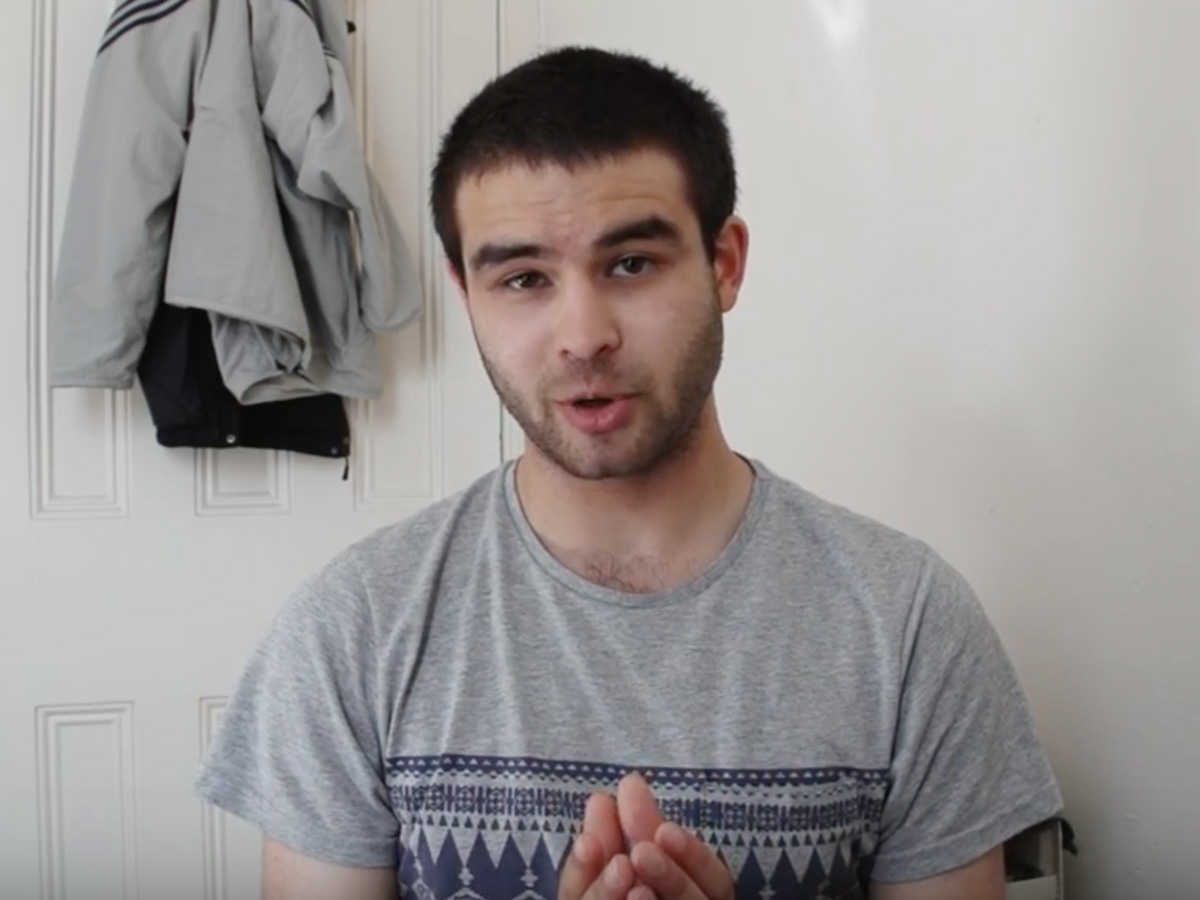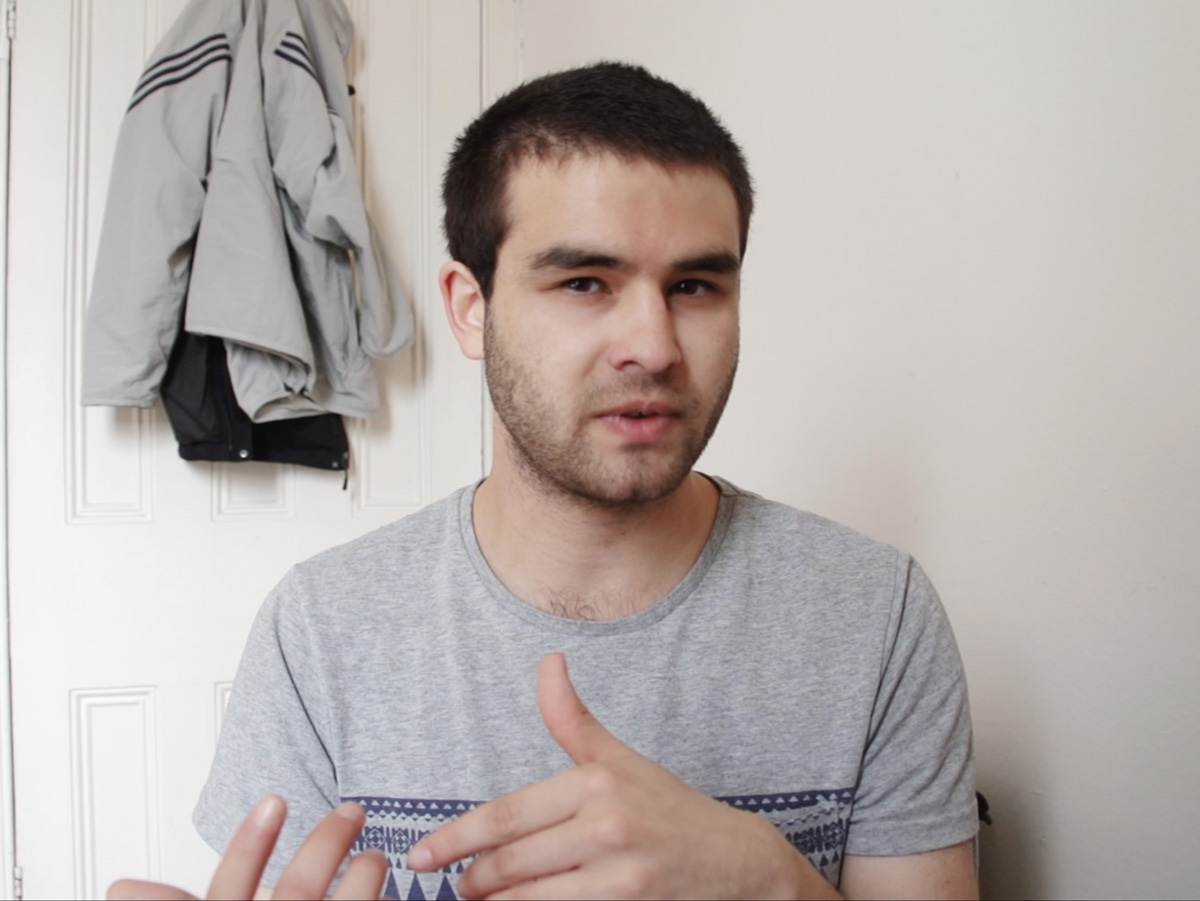The Art Of The Bottle Episode
Film and television aficionado Sam dissects the bottle episode to uncover storytelling’s greatest weapon – minimalism.
:WARNING: SPOILERS
…exploring character psychology and backstory rather than moving forward in the plot.
How do our favourite shows stay so entertaining, and manage to go on for so long? One important tool in the silver screen showrunner’s toolbox is the ‘bottle episode’, an episode set in one location, with as few actors as possible, usually exploring character psychology and backstory rather than moving forward in the plot. It might sound a little dull, but shows such as ‘Breaking Bad’ and ‘The Walking Dead’ have managed to master the bottle episode, creating content with a slower pace that still captivates its audience and bulks out the episodic structure.
It was in answer to this problem of ‘endurance’ that one of the most successful shows of the last decade was created: ‘Breaking Bad’. Showrunner and creator Vince Gilligan’s idea was to take the character development of his lead, have it start and end at radically different ends of the spectrum (science teacher to Albuquerque Scarface), and then stretch that out over five series. Where most shows will stretch themselves out with a plethora of different characters with their own stories, ‘Breaking Bad’ successfully took a smaller handful of characters – Walter, Jesse, Skylar and Gus Fring – and explored their lives, psychologies, and development as characters in such depth that they didn’t need to resort to pointless ‘filler episodes’ where we see how ‘Henchman#3’ got to get where he is today.
…‘filler episodes’ where we see how ‘Henchman#3’ got to get where he is today.
The only time it lagged in this way was towards the end of Series 3, in an episode aptly named ‘Fly’. Trying to kill the pest in order to avoid the contamination of their batch, the entire episode consists of one location and two actors, over the course of one day, with one painfully simple goal: to kill the fly. The type of show that is nicknamed a ‘bottle episode’, usually a last minute resort when you run out of money, as it was for the ‘Breaking Bad’ team. However Gilligan stands by it, in the knowledge that the big baddaboom episodes of any show are so much better when they come after the slower, more character driven episodes that proceed it.
And this brings us to ‘The Walking Dead’. Many fans will agree that sometimes the plot shambles slower than a series six walker, but it’s worth it. It’s a general assumption that zombies are no more than virtual cannon fodder for 14-year-old boys, but as a die hard zombie fan, I know that ‘walkers’ can be used to express so much more, whether it’s making comments on Capitalist society in Dawn of the Dead, exploring globalisation and modernisation in ‘World War Z’ (the book, not the film) or delving deep into human psychology and relationships in ‘The Walking Dead’. If anyone has mastered the ‘bottle episode’, it would be the writers of TWD. Apart from the quite literally explosive first season needed to attract a horde of initial viewers, TWD is only peppered with action orientated episodes, with the bulk of each series relying on slow plot build up. The majority of each series is spent seeing how the characters develop, how they interact, and how their relationships with each other change. It’s about politics, tension, love (of all kinds), and the effects of having to live with things no one should ever have to do. It’s actually very rarely about zombies.
Executed with two main characters, one location, and almost no ‘action’. And just one zombie.
‘The Walking Dead’ will be compulsory viewing when we run out of food in fifty years, so I won’t give too much away, but one of the best episodes of season five involved two major characters and three supporting characters: two ten-year-old sisters and a small baby, all taking place around one farmhouse as they hide out after their outpost is destroyed. The episode contains one zombie, who is so harmless that one of the girls plays tag with it; this kicks off a tumultuous episode as we watch a ten-year-old girl fall into a sadistic yet innocently naive state, and how the two adults react to her behavior. Mix in the potential danger for the other two children, the immense detail written into the psychologies of the three more complex characters, and the added element of a ‘skeleton in the closet’ between the two adults who must unite on all fronts to survive, and you have one of the most dramatic, well written, and heartbreaking episodes of ‘The Walking Dead’, and possibly television in general, that you will ever see. Executed with two main characters, one location, and almost no ‘action’. And just one zombie.
Until Series 6, Episode 4: ‘Here’s Not Here’.
During a piece of writing genius that Vince Gilligan would be envious of, the writers have found a way to stretch one pivotal event into an entire series, by exploring it from multiple perspectives, and different backstories, whilst still bringing the main plot back to that single yet decisive moment. In episode four, we’re given the backstory of one of the most ominous and mysterious protagonists, the Akido staff-wielding Morgan, who until now seemed to pop up once per series like a baffling whack-a-mole. ‘Here’s Not Here’ answers a lot of questions, but takes place almost entirely between two characters living in a log cabin. As Morgan sheds the anger and grief for what’s occurred previously, his newfound friend Eastman (a psychologist, conveniently) helps him recover through sincere friendship and the art of Akido, focused on redirecting the physical energy of the opponent, as well as in Morgan’s case symbolically allowing him to ‘redirect’ his own grief. The episode becomes even more meaningful when we get a window into Eastman’s backstory, the similarities between the two characters, and the horrific monologue that Eastman gives, perhaps one of the most horrifying stories of the entire show. And yet, it’s not set during the zombie apocalypse, but a memoir from before the outbreak, and a testament to mankind being the ultimate enemy in TWD. It’s entirely immersive writing, and it’s no surprise that I naturally think of Fincher’s ‘Seven’ after the episode; Eastman is played by John Carrol Lynch, who also plays a potential psychopath in Fincher’s ‘Zodiac’. Casting, acting, writing and cinematography come together to make yet another fantastic bottle episode, which, as usual, ends up in bittersweet blood. The fact that both episodes referred to here are written by the same mind, Scott M. Gimple, is no surprise, and I sincerely look forward to seeing his next ‘bottle episode’.
But it’s also made me admire the genius that goes into writing the behemoth television dramas that are so popular these days. It’s an art that shows like ‘Lost’ and ‘Heroes’ just didn’t have, the ability to start with a bang but keep those heart-stoppers coming, rising up on a tide of well paced, slower episodes that still manage to draw an audience, and at times, be even better then the action packed season finales. So next time I watch an episode of my favourite series and come away thinking ‘That was slow…’ I’ll appreciate how difficult it must be to make every episode even better than the last. And I’ll know that the adrenaline rush is probably just around the corner.
What’s your favourite bottle episode? Let us know – we want to know, we won’t judge you. Tell us now, on Twitter, Facebook, or you can reach us by airplane, I don’t care how you get here, get here if you can.
Head to the Rife Guide to find like-minded souls to chat television with

